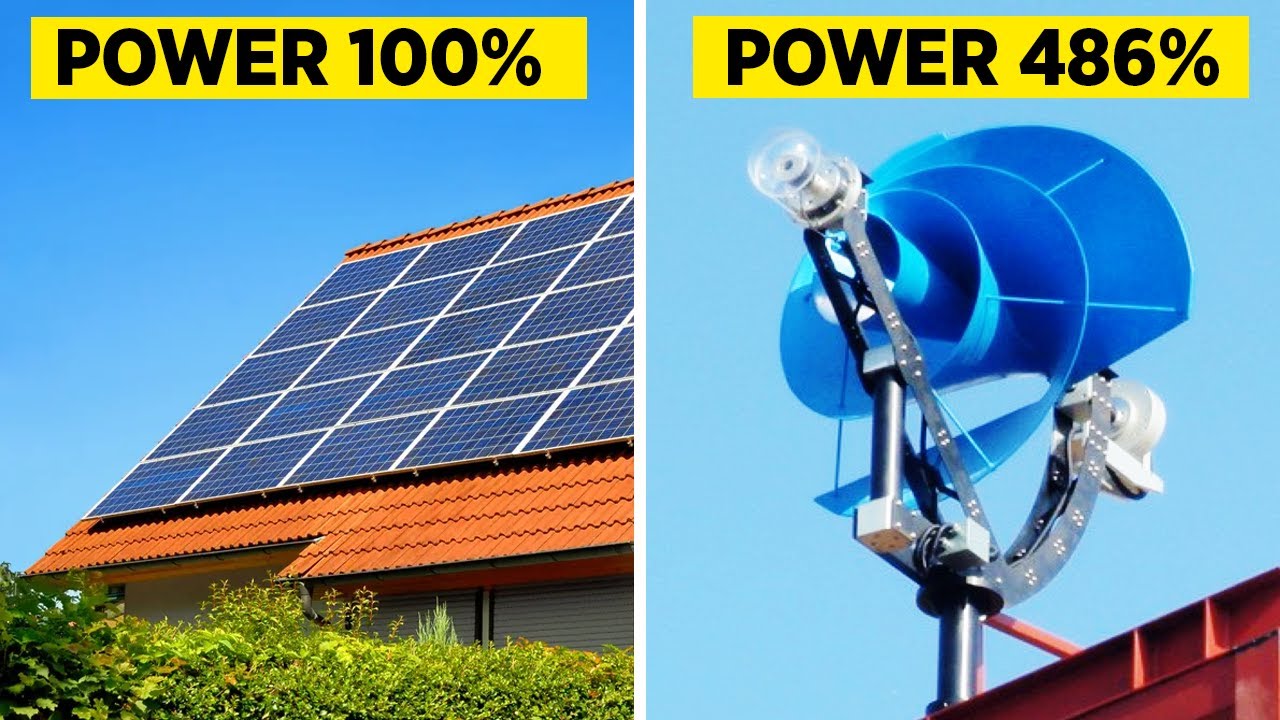
In today’s rapidly changing world, the need for a sustainable future has never been more pressing. As we face challenges like climate change, resource depletion, and pollution, it is essential to explore and adopt sustainable practices that can mitigate these issues. This article aims to delve into the best options for creating a sustainable future, focusing on various clean energy solutions and their reviews.
Clean energy is defined as energy derived from renewable sources that have a minimal environmental impact. Transitioning to clean energy is vital for several reasons:
There are several clean energy solutions available today, each with its own unique benefits and applications. Here are some of the most prominent options:
Solar energy harnesses the power of the sun through photovoltaic (PV) cells or solar thermal systems. It is one of the most widely used forms of clean energy. Here are some key points:
Reviews of solar energy solutions highlight brands like Tesla, SunPower, and LG as leaders in the industry, known for their efficiency and durability.
Wind energy captures kinetic energy from wind using turbines. It is one of the fastest-growing sources of renewable energy globally. Important aspects include:
Companies such as GE Renewable Energy and Siemens Gamesa are recognized for their innovative wind turbine technologies, providing positive reviews from industry experts.
Hydropower generates electricity by harnessing the energy of flowing water, typically through dams or river systems. Its advantages include:
Despite its benefits, hydropower can impact local ecosystems, leading to mixed reviews. Companies like Brookfield Renewable Partners have made strides in mitigating these effects.
Geothermal energy utilizes heat from the Earth’s interior to generate electricity and provide direct heating. Key benefits include:
Companies like Ormat Technologies and Calpine have received commendable reviews for their innovative approaches to geothermal energy extraction.
As the world transitions to a sustainable future, new technologies are emerging that promise to enhance the efficiency and viability of clean energy solutions. Some notable advancements include:
Energy storage systems, particularly batteries, are crucial for balancing supply and demand in renewable energy. Key points include:
Companies such as Tesla and LG Chem are leading the way in energy storage solutions, receiving positive reviews for their products.
Smart grids utilize digital technology to enhance the reliability and efficiency of electricity distribution. Benefits include:
Companies like Siemens and General Electric are at the forefront of smart grid technology, garnering positive reviews for their innovations.
While the benefits of clean energy are substantial, there are several challenges that must be addressed to facilitate widespread adoption:
Many regions lack the necessary infrastructure to support renewable energy sources, particularly in rural areas. Solutions include:
Inconsistent policies and regulations can hinder the growth of clean energy. Effective strategies include:
Raising awareness about the benefits of clean energy is essential for driving adoption. Strategies include:
Every individual can play a part in creating a sustainable future. Here are some actionable steps:
Consider installing solar panels or opting for green energy plans from your utility provider. This not only reduces your carbon footprint but also supports the growth of clean energy.
Implementing energy-efficient practices can significantly reduce energy consumption:
Choose to support companies and brands that prioritize sustainability. This can include:
Creating a sustainable future is a collective effort that requires collaboration among governments, businesses, and individuals. By embracing clean energy solutions, advocating for sustainable practices, and addressing the challenges we face, we can work towards a healthier planet for future generations. The transition to renewable energy is not just an option; it is a necessity for our survival and the well-being of our planet.
As we move forward, it is crucial to stay informed about the latest developments in clean energy technologies and to support initiatives that aim to create a sustainable future. Together, we can make a significant impact and ensure a better world for all.